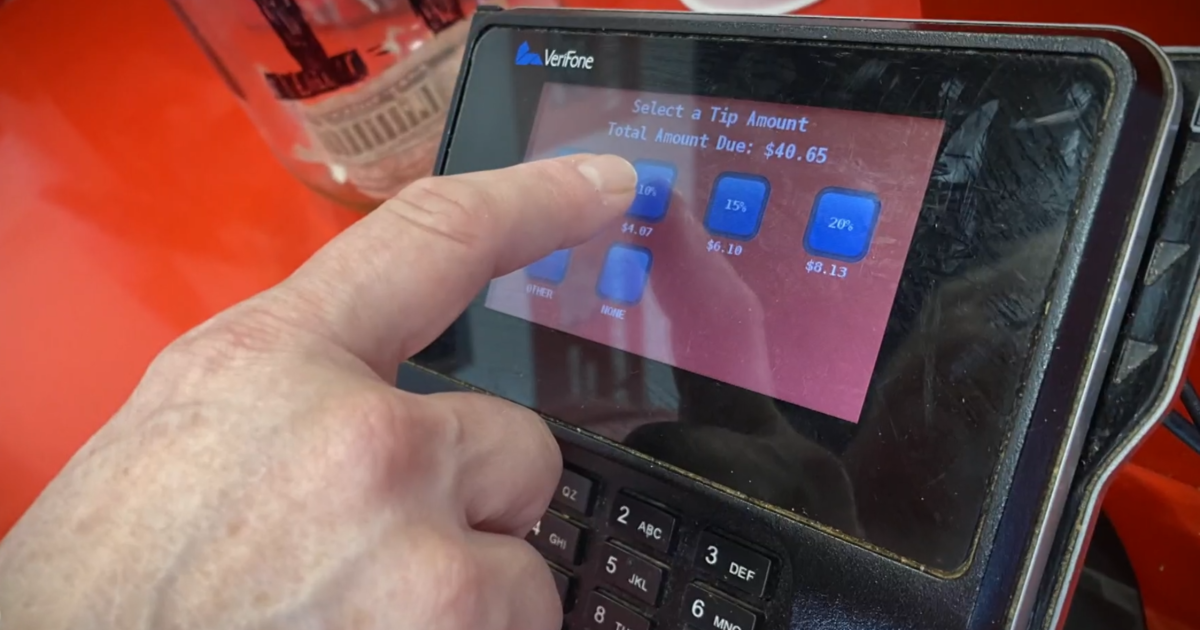Summary
Tipping in America has expanded into unexpected areas, with 72% of Americans saying it is expected in more places than five years ago, according to Pew Research.
While tipping can release feel-good neurotransmitters, a Bankrate survey found two-thirds of Americans now view it negatively, and one-third feel it’s “out of control.”
Critics highlight issues like social pressure and wage inequality, while businesses attempting no-tipping models, like a New York wine bar, have struggled to sustain them.
Many believe tipping culture has become excessive, with calls for reform growing.



Mathematically, in then end, there isn’t a difference.
The difference is in reality vs expectation.
People have the expectation of one price on the menu and a 20% higher final total. This is an unconscious habit built over a lifetime of it always working that way. So when they go online to see the menu of various places, they’ll see the tip-less restaurant has having higher prices. Even if they know it is tip-less, they’ll still unconsciously call it more expensive anyway. So they’ll go to the other restaurant that looks just as nice, but has cheaper prices on the menu.
It’s similar to why all stores, corporations, and business fight against having to include taxes and fees in advertised prices. They want to bring people in with the lowest possible price, then hit them with the full cost only at the last moment, when they’re least likely to back out.
That’s understandable but weird, maybe it’s because I’m poor but I always check final price I don’t care about the menu price because there is always service tax, bad weather tax, small order tax, etc.